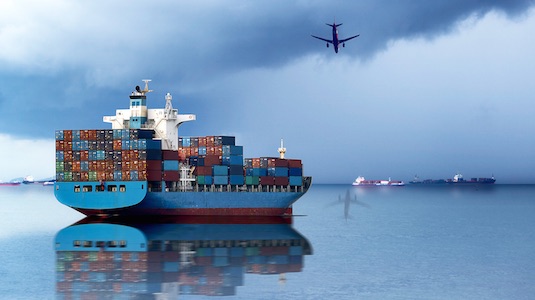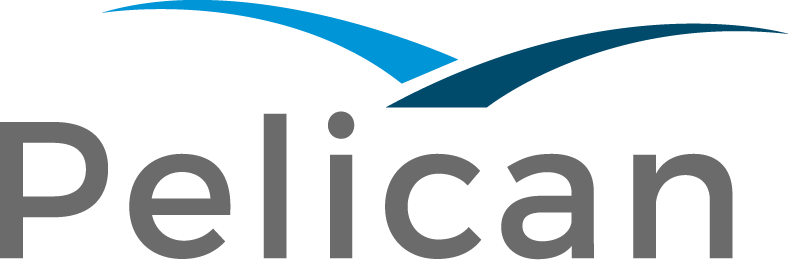
Highlights
- Any business may be affected by trade-based money laundering, particularly with the growth of international trade
- Know your business partners and beware of over- or under-invoicing or simple payments that don’t leave a trail
- Replace traditional software used to detect money Laundering activity with artificial intelligence and machine-learning solutions
As countries and banks around the world start the process of getting back to normal operations, one thing that this terrible experience has shown us is that it is no longer needed, safe and viable to have large teams of people working closely together in the same office at the same location.
The drive to digitization has become more vital and urgent, which should be lauded. We have been on the digitization journey for some years, and there are areas of the banks' operations which are now fully digitized; however, this journey, to a certain extent, has always stopped at the door of Trade Finance and specifically Trade Finance compliance. As we all know, Trade-based money laundering is one of the most common global laundering strategies; the banks need to address this growing industry problem on a priority basis with efficient solutions to mitigate the risks.
The manual nature of the Trade operation, caused by the abundance of paper-based documentation in this process, has long been accepted as a necessary evil despite being a strain on the profitability of the business.
Businesses trying to do cross-border trading activity during this time have been thwarted in being able to move goods from one location to another due to the inability of the players in the supply chain, including banks, to transmit and process the necessary paper documents. This has caused a demand for the process to be reformed and laws in various countries requiring paper documents to be amended. The ICC published their guidance paper on the impact of COVID-19 on trade finance transactions subject to ICC rules covering these issues, including proposing, amongst other suggestions, that banks can process transactions using faxed, scanned, or emailed images of documents.
So, the digitization movement for trade finance is taking a huge step forward; however, as can be applied to the emergence of DLT-driven Trade network platforms across the globe, these changes will not happen overnight. Like it or not, paper-based documents will stay with us for some time. Many countries and the parties involved in the trade ecosystem still enforce documents in paper form (with the signature being enforced), despite the massive appeal towards digital documents. For example, around 48% of the ICC 2021 survey respondents clarified that the Bill of Lading (B/L) has to be in paper format, mandated by their home jurisdiction.
The ICC survey also suggests document verification is a notable laggard when removing the physical paper. Banks are increasingly looking to digitize and automate the documents verification process, especially validating against the industry guidelines such as UCP600, ISBP745 etc., which are becoming the most sought-after solution expected from the tech providers to address the efficiency and cost-saving elements for the banks.
We've all heard the old saying, "Necessity is the mother of invention." While the provenance of the proverb is uncertain, its truth is not in doubt. One may consider the terms "invention" and "innovation" as synonymous, or at least very closely related. Necessity forces us to think differently. To simplify our lives—to make things better, faster, cheaper—we often need to take a new approach. To make day-to-day lives easier, we sometimes need to innovate to envision a new way of doing something. Necessity has spurred humans to innovate throughout the ages.
Now is the time to look at innovating Trade Finance Operations and Compliance by adopting new technologies such as Artificial Intelligence – the same technologies that have brought innovation to our personal lives over recent years – to automate the burdensome manual processes of today.
The ability to automatically extract data from paper-based documents, verify, validate, and compare exists today with intelligent OCR and Natural Language Processing techniques. Additionally, the rule engines validate the document compliance and the ability to automatically screen for sanctions and embargos, dual-use goods, and other compliance red flags that exist today with those technologies with the help Machine Learning component.
Correctly deployed, these technologies can allow banks to operate on significantly lower workforce numbers, process more transactions and, more importantly, these days, allow remote operations and investigations of any alerts created. The bank staff can now focus on complex problems where human interventions are much needed. At the same time, the machine can perform routine checks with better accuracy. This means a significant increase in the Trade volume with fewer false positives and quicker processing time.
With the current market turmoil amidst growing Trade Compliance challenges, can banks avoid the need to innovate for now and in the future?
- Biji John - Global Head of Trade Product - Pelican AI



